How to Become a Great Landscaping Artist?
Landscaping artistry requires a creative mind. Landscapes are similar to an artist’s painting and landscaping is like the artist’s palette.
Beginners who wish to develop landscaping skills need to study the effects of color, balance, types of plants, soil, water, and climate.
There are six landscaping tips for beginners and dummies to consider. These include:
- Observe the natural design of the existing landscape
- Plan how to enhance the existing landscape
- Study planting zones for your particular region
- Invest in planting tools, fertilizers, and mulch
- Choose a variety of plants so they produce over all seasons
- Understand each plant’s special needs
1. Observe the Natural Design of the Existing Landscape
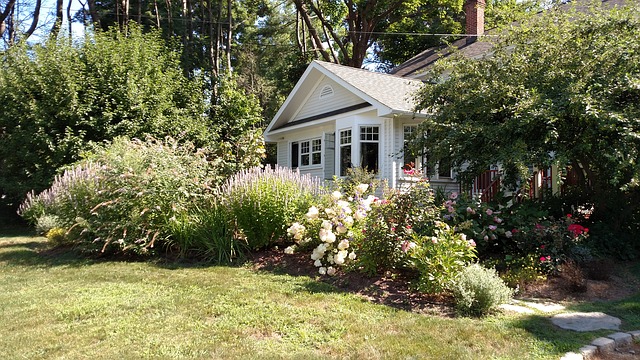
Very often, the natural design of an existing landscape is ignored. In order to exact the best and most plentiful abundance of plants, pay attention to the “lay of the land.” For example, if the land slopes upward or downward too much, you may need to be more creative about the types of trees, shrubbery and other plants that become heavier in weight as they age and topple in strong winds.
Also, study the proximity of the plants to the house. For example, avoid planting trees with deep, overreaching roots too near a foundation to avert foundation cracks.
2. Plan How to Enhance the Existing Landscape

Take inventory of the condition of the soil in the natural landscape and existing plantings. Trim or prune those with overgrowth. This is one way to enhance the existing landscape.
If the lawn is relatively healthy, focus on the edges of the lawn were erosion often occurs and add plants to protect from further erosion.
If there is soil damage and “bare spots,” create a special landscaping project to enrich the soil with fertilizers, mulch, and plants.
Landscape enhancements add curb appeal and property value. For beginners on strict budgets, take notice of how inexpensive seeds can be started indoors in winter climates. This is a great way to also start herb and vegetable gardens for spring planting outdoors.
3. Study Planting Zones in Your Particular Region
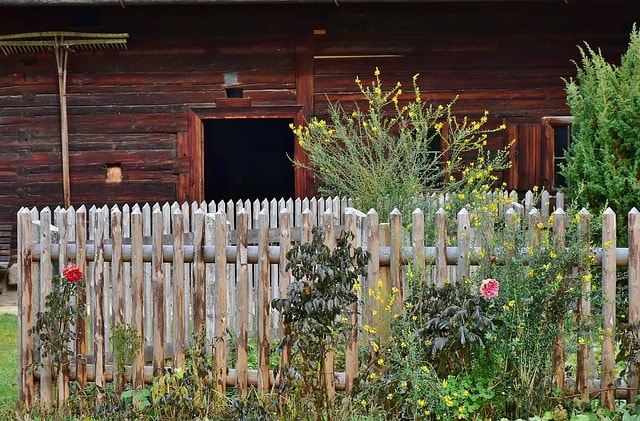
If you are uncertain which planting zone your landscape is located in, you can find a planting zone map and other helpful tips at the USDA website. This site will help you determine your particular planting zone and also plant hardiness.
4. Invest in Planting Tools, Fertilizers and Mulch
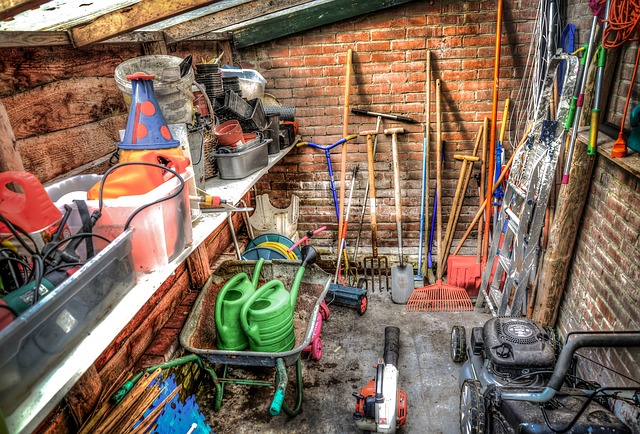
It is inevitable a beginner landscaper needs tools. Note that these may be small hand tools like trowels, cultivators, pruners and hand rakes. For larger landscaping projects, you will need a gas or electric powered lawn mower, an electric or battery powered edger/trimmer, a garden hose, rake, shovels of different sizes and a hoe to loosen the soil. For lawns and large flower beds, you might need a garden seeder.
When adding new landscape plantings, you will need potting soil, fertilizers for lawns and plants and mulch to protect root systems from weather damage.
5. Choose a Variety of Plants
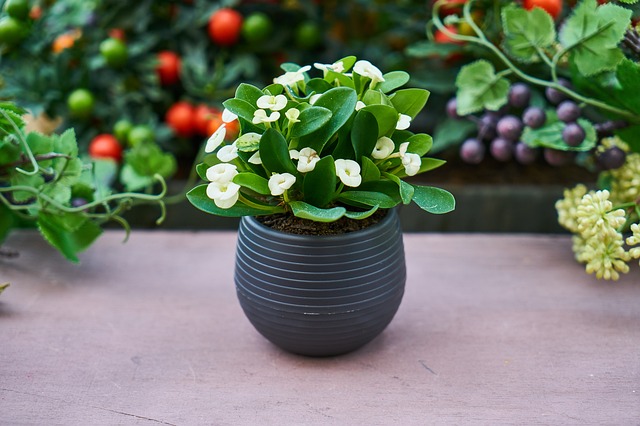
Select a variety of plants that produce overall seasons for optimal landscaping enjoyment. These are known as perennials. Note that some plants are annuals that produce only once. If you save and dry seeds from these, you reduce landscaping costs.
6. Understand Each Plant’s Special Needs
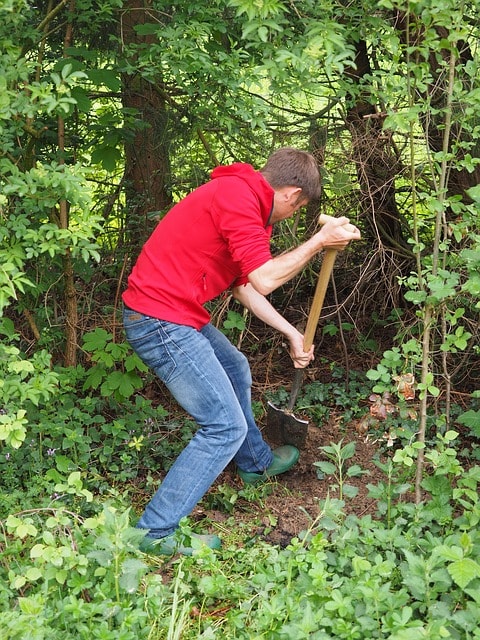
Another important tip for beginners and dummies is to understand each plant species has different requirements for watering, climate, and exposure to the sun. A healthy landscape is one that gets attention to special needs.




